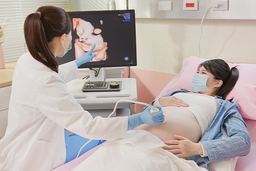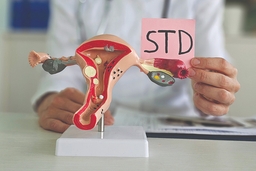The Truth About STDs: Risk Factors, Symptoms, and Treatment Tips
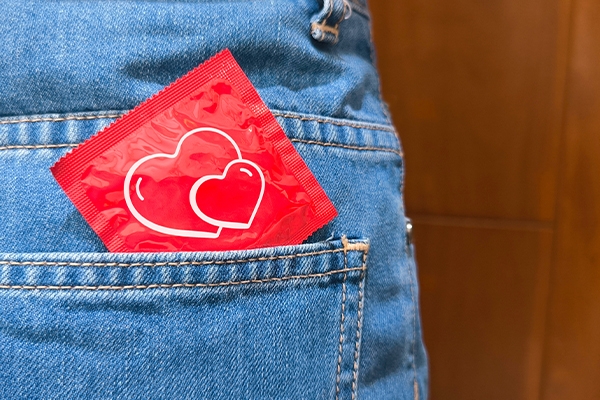
Sexually transmitted diseases (STDs), or sexually transmitted infections (STIs), are infections that spread through sexual contact or bodily fluids. Indonesia is ranked 5th as the country with the highest risk of STDs in Asia.
STDs are highly contagious. Infections are often characterized by itching, burning, and discharge in the genital area. However, some STDs can be asymptomatic. If you are sexually active, you can contract and spread these diseases without realizing it.
Causes
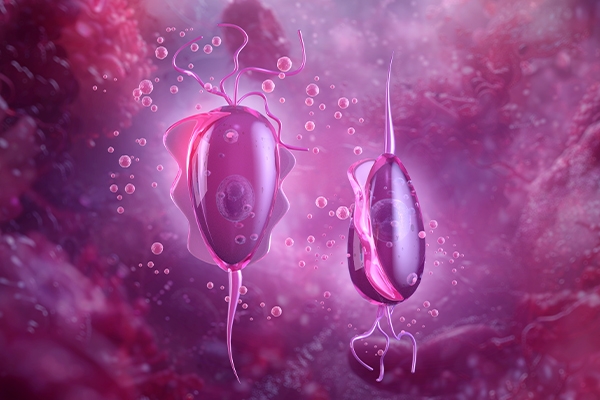
STDs can be transmitted by more than 30 types of bacteria, viruses, and parasites during sexual contact, including vaginal, anal, and oral sex. Some STDs can be transmitted from mother to child during pregnancy, childbirth, or breastfeeding.
Transmission can also occur by contaminated needles, such as those used in tattooing, piercing, or sharing of injectable drugs.
The most prevalent types of STDs are chlamydia, genital herpes, genital warts, gonorrhea, hepatitis B, HIV/AIDS, HPV (human papillomavirus), pubic lice, syphilis, trichomoniasis, and vaginitis.
Symptoms

Symptoms of STDs vary widely depending on the type of infection. Some people may not have any symptoms at all. If symptoms do occur, they usually affect the genital area and may include:
- A lump, sore, or wart on or near the penis, vagina, mouth, or anus.
- Swelling or severe itching in the genital area
- Discharge from the penis.
- Vaginal discharge that smells bad, irritating, or unusual in color or amount.
- Vaginal bleeding outside of the menstrual cycle.
- Pain during sex.
- Pain or burning when urinating.
Other symptoms that may appear throughout the body include skin rashes, weight loss, diarrhea, night sweats, muscle and joint pain, fever or chills, and jaundice.
STD Tests

If you have any of the symptoms listed above, you should get tested to see if you have an STD.
There are various tests for each type of STD, including:
1. Physical examination
This examination aims to diagnose a variety of STDs, including herpes and genital warts. The doctor will examine the rash or sores, lumps, or any STD-related on the body.
2. Blood and urine tests
This test is used to detect most types of STDs, including gonorrhea, chlamydia, syphilis, trichomoniasis, herpes, HIV/AIDS, and hepatitis.
The health care provider will take a small blood sample from a vein in the arm or through a prick on the tip of the finger. Meanwhile, you will be given a sterile container to collect urine for a urine test.
3. Swab test
A swab test is used to diagnose chlamydia, gonorrhea, HPV, and herpes. A small cotton swab is used to collect a sample of mucus.
In women, the sample can be taken from the vagina or cervix. In men, the sample can be taken from the penis or urethra, the tube that carries urine out of the body.
4. Pap test (pap smear)
A pap test is needed to detect the HPV virus. Some types of HPV can cause uterine cancer or genital warts.
5. Lumbar puncture
This test is a test that is rarely used in STD screening. However, this test is usually done for patients who are suspected of having advanced syphilis or if the herpes infection has affected the brain or spinal cord.
During the test, the medical team will inject an anesthetic into your back so you won’t feel any pain. Once the area is numb, the technician will insert a thin, hollow needle between two vertebrae in your lower spine.
How are STDs treated?
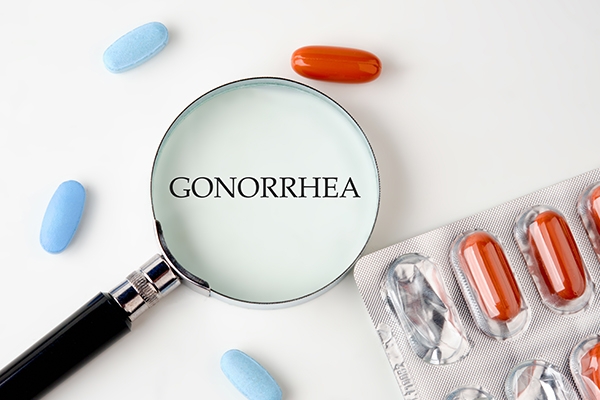
The good news is that every STD can be treated. Some can even be cured. However, that doesn’t prevent you from getting infected again if you don’t take steps to prevent infection. STD testing can help diagnose and treat STDs so you can avoid serious complications.
The Centers for Disease Control and Prevention (CDC) recommends regular STD screening or testing if you are sexually active.
Untreated STDs can lead to long-term complications, as well as being passed on to sexual partners. For example, HIV can progress to AIDS. Syphilis can damage organs, and the nervous system, and infect a developing fetus.
Women who have these complications may develop pelvic inflammatory disease, ectopic pregnancy, infertility, and chronic pelvic pain. In men, the most common complications include infection of the urethra or prostate, swollen and painful testicles, and infertility.
Prevention
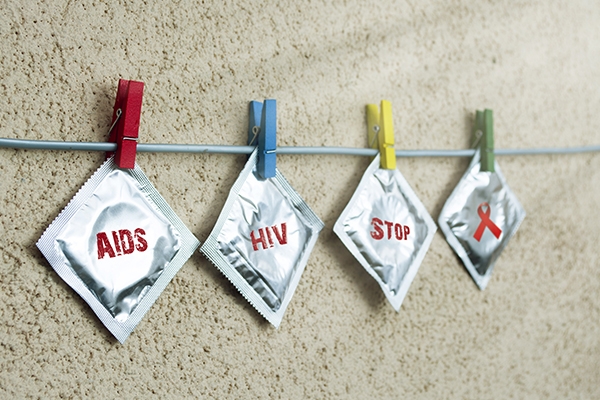
How can I reduce my risk of getting a sexually transmitted infection?
- Be faithful to your partner.
- Use a condom every time you have sex to protect yourself from infection.
- Get tested regularly for STDs. This helps prevent the spread of STDs to others.
- Avoid alcohol or drugs before having sex. The use of alcohol or drugs can increase the risk of unsafe sexual behavior.
- Identify the signs and symptoms of STDs. If you notice any symptoms, contact a healthcare provider immediately.
- Vaccinations. Several vaccines are available to protect against human papillomavirus (HPV), hepatitis A, and hepatitis B.
The HPV vaccine can be given starting at age 9. Meanwhile, the hepatitis B vaccine is given to newborns, as well as at ages 1 month and 6 months. Boosters can be given to people who are at high risk of infection as adults. The hepatitis A vaccine can be given to children aged 1–2 years.
**
Sexually transmitted diseases are common. If you experience discomfort, such as burning or itching around your genitals or other signs of a possible STD, consult a doctor.
Antibiotics are usually effective in treating infection without causing long-term complications. In some cases, such as HIV, patients may need lifelong treatment.
If you have the above symptoms or would like to do a sexual health screening, visit the GWS Medika Clinic, a health clinic in Jakarta. At GWS Medika Clinic, you can also get vaccinated against HPV and Hepatitis A and B.

